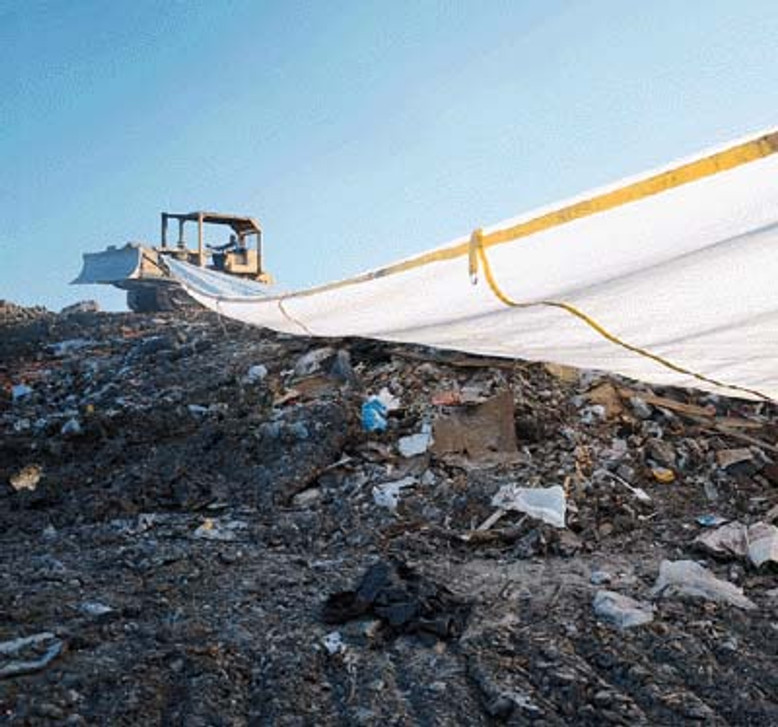
Welcome to the world of landfill covers and alternate daily covers! This chapter will provide a comprehensive overview of what landfill covers are, their importance, and the various types of covers that are available. In this chapter, you will learn about the history of landfill covers, the role they play in protecting the environment, and the benefits of using alternate daily covers. We'll also take a closer look at the design and construction of landfill covers, as well as the materials used to make them.
First, let's define what a landfill cover is. A landfill cover is a layer of material placed on top of a landfill to prevent the release of pollutants and other harmful substances into the environment. Landfills are used to bury waste, including household trash and industrial waste, and they are designed to keep that waste contained. Landfill covers play a critical role in making sure that the waste stays put, preventing the spread of pollutants and protecting the surrounding environment.
The first landfill covers were put into use in the early 20th century and were simple in design, consisting mainly of dirt and clay. Over time, more advanced materials and techniques were developed, including geosynthetic covers and soil covers. These covers provided better protection and durability than traditional covers, but they were also more expensive to install and maintain.
In recent years, there has been a shift towards the use of alternate daily covers (ADC) in landfills. ADC are applied daily to the waste in a landfill to reduce odors, vector attraction, and to prevent blowing litter. These covers are typically made of materials such as soil, compost, or wood chips, and they are applied in thin layers to the waste. ADCs are relatively inexpensive to install and maintain, and they have been proven to be effective in reducing odors and vector attraction.
The design and construction of landfill covers are critical to their effectiveness. The cover must be strong enough to withstand the weight of the waste, as well as the elements, such as rain and wind. The cover must also be designed to allow for proper drainage and to prevent the formation of standing water. A variety of materials can be used to construct landfill covers, including soil, clay, geosynthetic materials, and plastic.
In conclusion, landfill covers and alternate daily covers are essential components of modern waste management. They play a critical role in protecting the environment and preventing the spread of pollutants. With the development of new materials and techniques, landfill covers have become more effective and efficient, making them an important tool in the fight against pollution.
As you read through the rest of this book, you'll learn more about the different types of landfill covers and alternate daily covers, their benefits, and how they are used in practice. By the end of this chapter, you will have a good understanding of what landfill covers are, why they are important and the different types of covers that are available.

